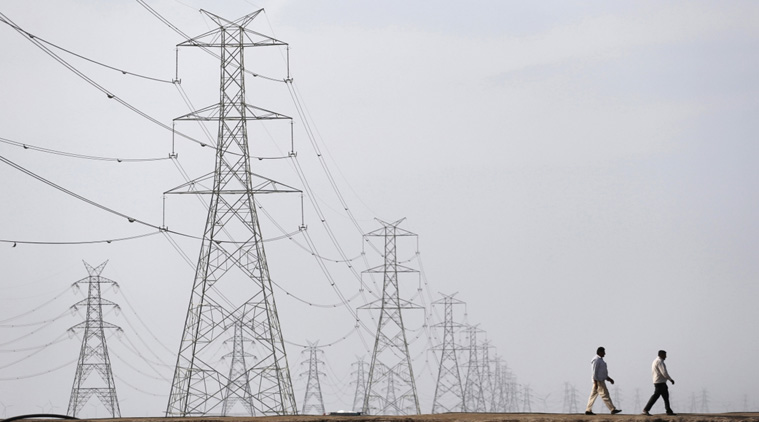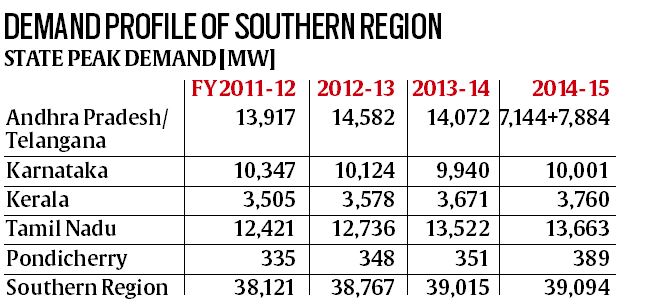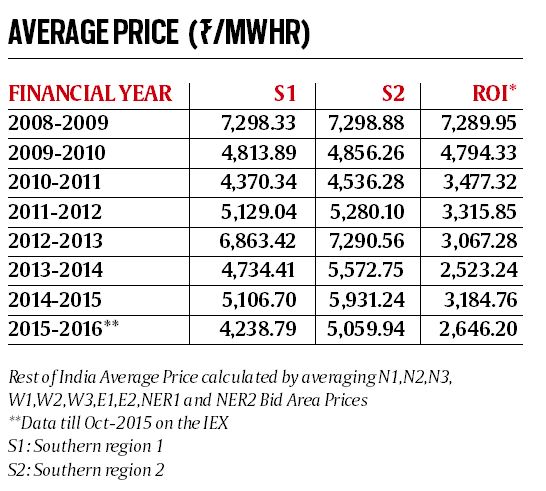 Spot power tariffs on the IEX, India’s largest power exchange, show that the tariffs in the south and the rest of the country were nearly at par till the end of 2009-10, from when it started showing a divergent trend.
Spot power tariffs on the IEX, India’s largest power exchange, show that the tariffs in the south and the rest of the country were nearly at par till the end of 2009-10, from when it started showing a divergent trend.On August 17, 2014, Prime Minister Narendra Modi had ‘dedicated to the nation’ the Raichur-Solapur 765kV second circuit transmission line, a key grid link between the southern region and the rest of the country that was expected to alleviate the woes of the power-starved south. Fourteen months to the date, the south continues to struggle for power, something that is adequately reflected in wide difference in the spot power tariff between the two transmission sub-regions of the south and the rest of the country.
Spot power tariffs on the IEX, India’s largest power exchange, show that the tariffs in the south and the rest of the country were nearly at par till the end of 2009-10, from when it started showing a divergent trend. The short-term power prices in the southern region has surged since, largely on account of transmission constraints bottling up electricity flows to the southern region. In the first seven months of the current fiscal, the average of the spot prices in the two southern regions was over 75 per cent higher than the electricity price in the rest of India.


As a result of inadequate transfer capacity, the southern region is facing huge power shortage often exceeding more than 4,000 MW as all the states are facing shortages to various extents, resulting in rolling power shutdowns even in major cities like Bengaluru, Hyderabad and Chennai in addition to the most affected rural sectors.

Story continues below this ad
Despite the Raichur-Solapur 765kV transmission line having a rated capacity for wheeling 4,000 MW of power flows (even after factoring in a contingency of one line under outage), transmission constraints continue to bottle up power flows to the southern region as a number of the close to a dozen associated transmission lines on either sides of Raichur and Solapur have been delayed. Latest estimates indicate that it might be tough to increase the power transfer capacity between the western region and the southern region till 2018 as the critical evacuation lines are delayed due RoW issues. Experts point to the possibility of associated lines coming up if efforts were to be made.
Power system transfer capability indicates how much inter-area power transfers can be increased without compromising system security. A conservative estimate of power transfer capability may enhance the security of the system but may deprive the power transfer to the needy resulting into poor power supply to consumers and generation capacity getting stranded.
There is plenty of unmet potential demand in the sourthern region, which has been one of the preferred destinations of investment for over two decades, alongside the western region. Apart from tourism and information technology, the south has also emerged has manufacturing hub for auto and many other industries. After the Electricity Act, 2003, implementation of open access in transmission and evolution of electricity market, the southern states started importing power from the rest of India through the inter-regional links, and increasing congestion started to become visible on these links from 2008.
A large number of independent power producers came up during 2008 to 2010 with proposals to set up thermal power projects based on imported coal in coastal Tamil Nadu and Andhra Pradesh, creating an illusion that south was heading towards surplus. However, a large number of projects did not take off and others were delayed. As a result, the regional capacity addition has not been enough to meet the growing demand. Compounding the problem was the fact that the Krishnapatnam UMPP and Tamil Nadu UMPP failed to take off while the Kudankulam atomic power plant and NLC-TN JV plants have been delayed and have been commissioned only recently.

 Spot power tariffs on the IEX, India’s largest power exchange, show that the tariffs in the south and the rest of the country were nearly at par till the end of 2009-10, from when it started showing a divergent trend.
Spot power tariffs on the IEX, India’s largest power exchange, show that the tariffs in the south and the rest of the country were nearly at par till the end of 2009-10, from when it started showing a divergent trend.
































